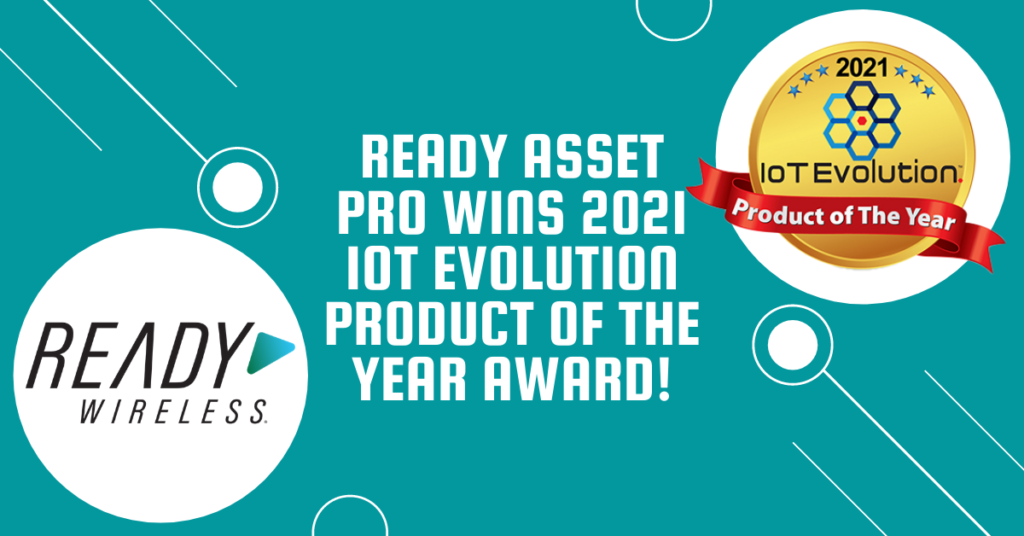In the world of modern agriculture, staying ahead of the curve is essential. Traditional farming methods, while time-tested, are often resource-intensive, laborious, and sometimes inefficient. Enter the Internet of Things (IoT), a technological advancement that has the potential to revolutionize the agricultural landscape. By integrating IoT into agricultural areas, we can usher in a new era of efficiency, sustainability, and productivity.
What is IoT?
IoT, short for the Internet of Things, is the interconnected network of physical devices, vehicles, buildings, and other items, embedded with sensors, software, and network connectivity. These devices collect and exchange data, making it possible for them to communicate and perform tasks independently.
1. Precision Agriculture
Traditional farming often relies on generalized approaches to crop management. However, the IoT allows farmers to employ precision agriculture, wherein sensors and data analytics are used to optimize resource allocation. Soil moisture sensors, weather stations, and GPS technology help farmers make data-driven decisions. They can precisely target irrigation, fertilization, and pest control, reducing waste and increasing yield.
2. Monitoring and Automation
The integration of IoT devices provides real-time monitoring capabilities. Farmers can remotely track the conditions of their crops and livestock. For instance, smart cameras and sensors can observe animal behavior, ensuring the well-being of livestock. Automated systems can control irrigation and temperature, providing optimal growing conditions, even when farmers are miles away.
3. Predictive Analytics
IoT technology allows for the collection of vast amounts of data over time. Through machine learning algorithms and data analysis, farmers can gain insights into crop health, disease prediction, and yield forecasts. This enables them to take preventative measures and plan more efficiently.
4. Sustainability
Sustainability is a key concern in modern agriculture. IoT helps in reducing waste, conserving resources, and minimizing environmental impact. By closely monitoring and adjusting resource usage, farmers can lower water and energy consumption, reduce the use of pesticides, and limit the carbon footprint.
5. Remote Management
In an era where many farmers face labor shortages, IoT can bridge the gap. Automated tractors, drones for crop monitoring, and robotic harvesters can help manage tasks that would otherwise require extensive manual labor.
Challenges and Considerations
While the integration of IoT into agriculture is promising, it’s not without challenges. Some farmers may face financial constraints when adopting this technology, and there are concerns about data security and privacy. However, as the technology becomes more affordable and secure, the benefits far outweigh the challenges.
The integration of IoT into agricultural areas is poised to revolutionize the industry. From precision agriculture to sustainability, IoT offers a myriad of advantages over traditional farming methods. As we move forward, it’s crucial for farmers, policymakers, and technology providers to collaborate and harness the full potential of IoT for the betterment of agriculture and the planet. By embracing this technology, we can work toward a more efficient, sustainable, and productive future for farming, one harvest at a time.
Contact Ready Wireless today to talk more about IoT in Agriculture!
—
(319) 294-6080

